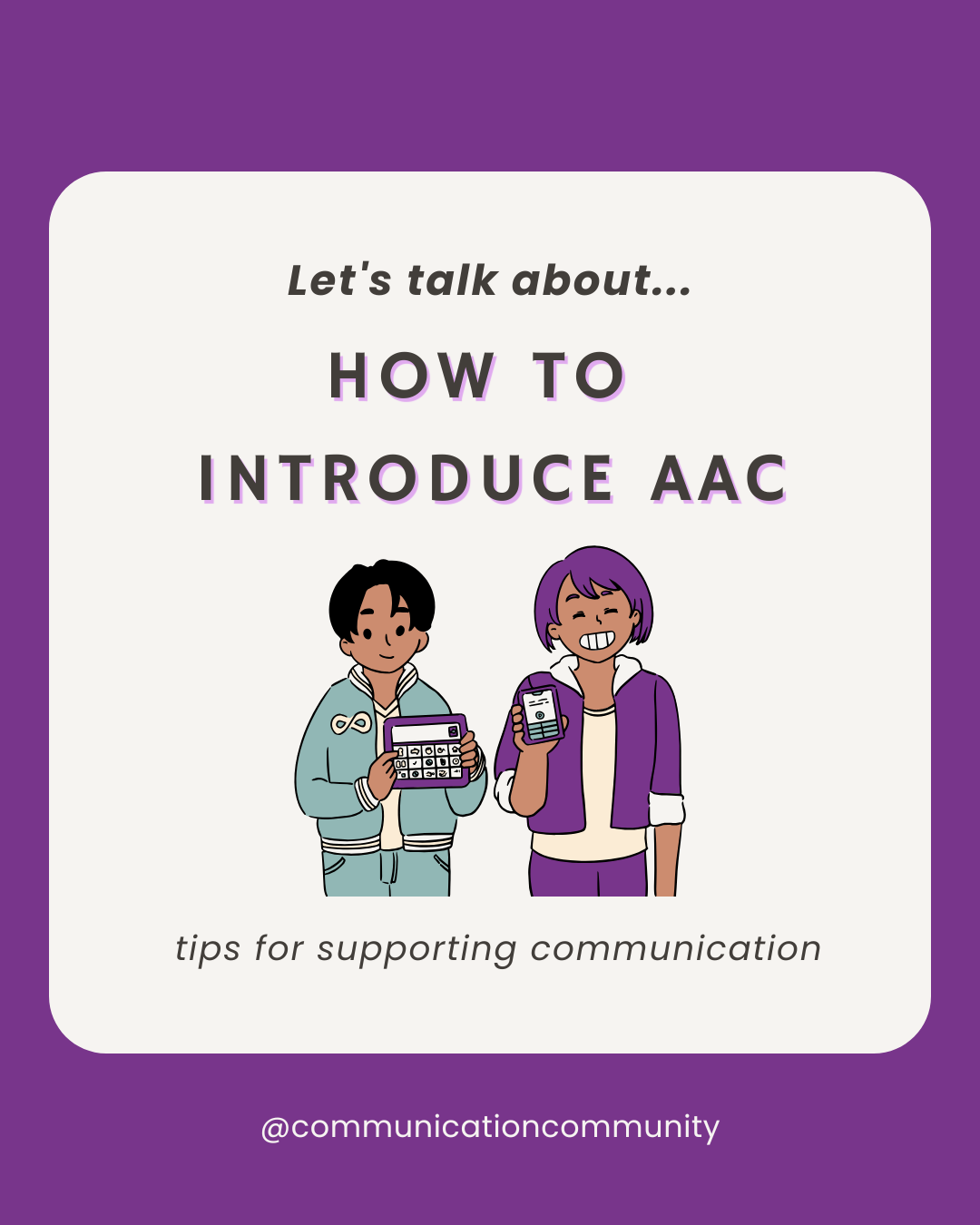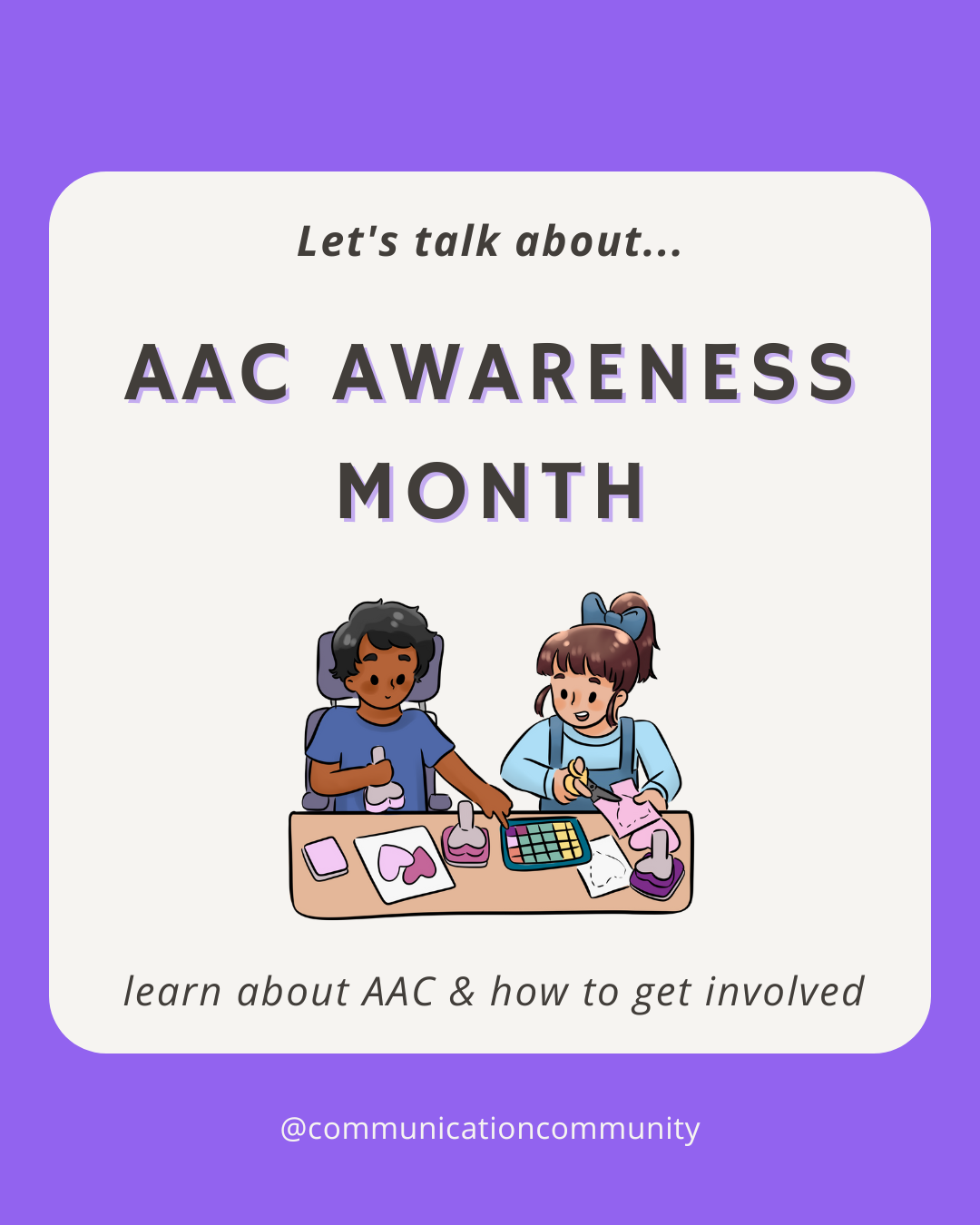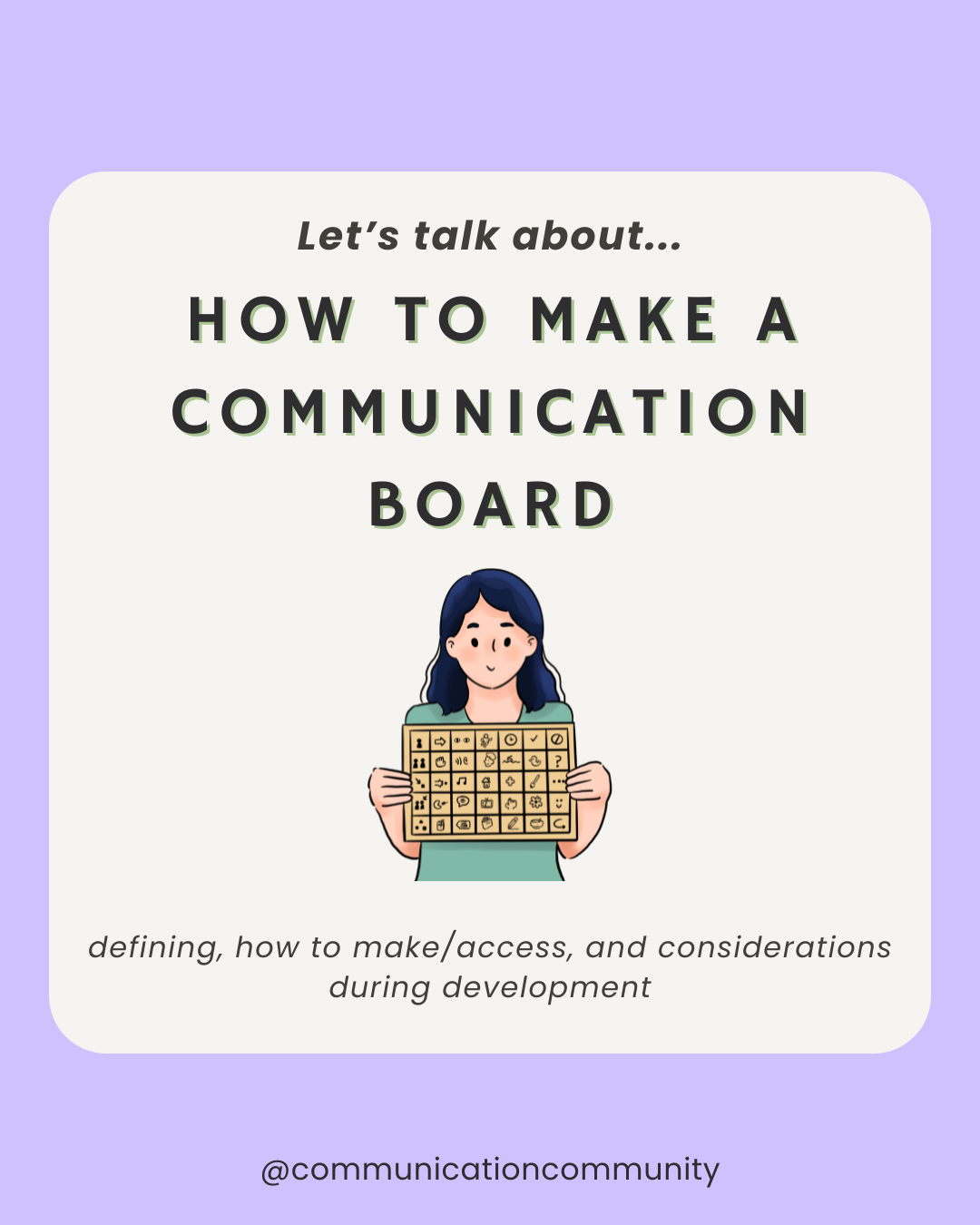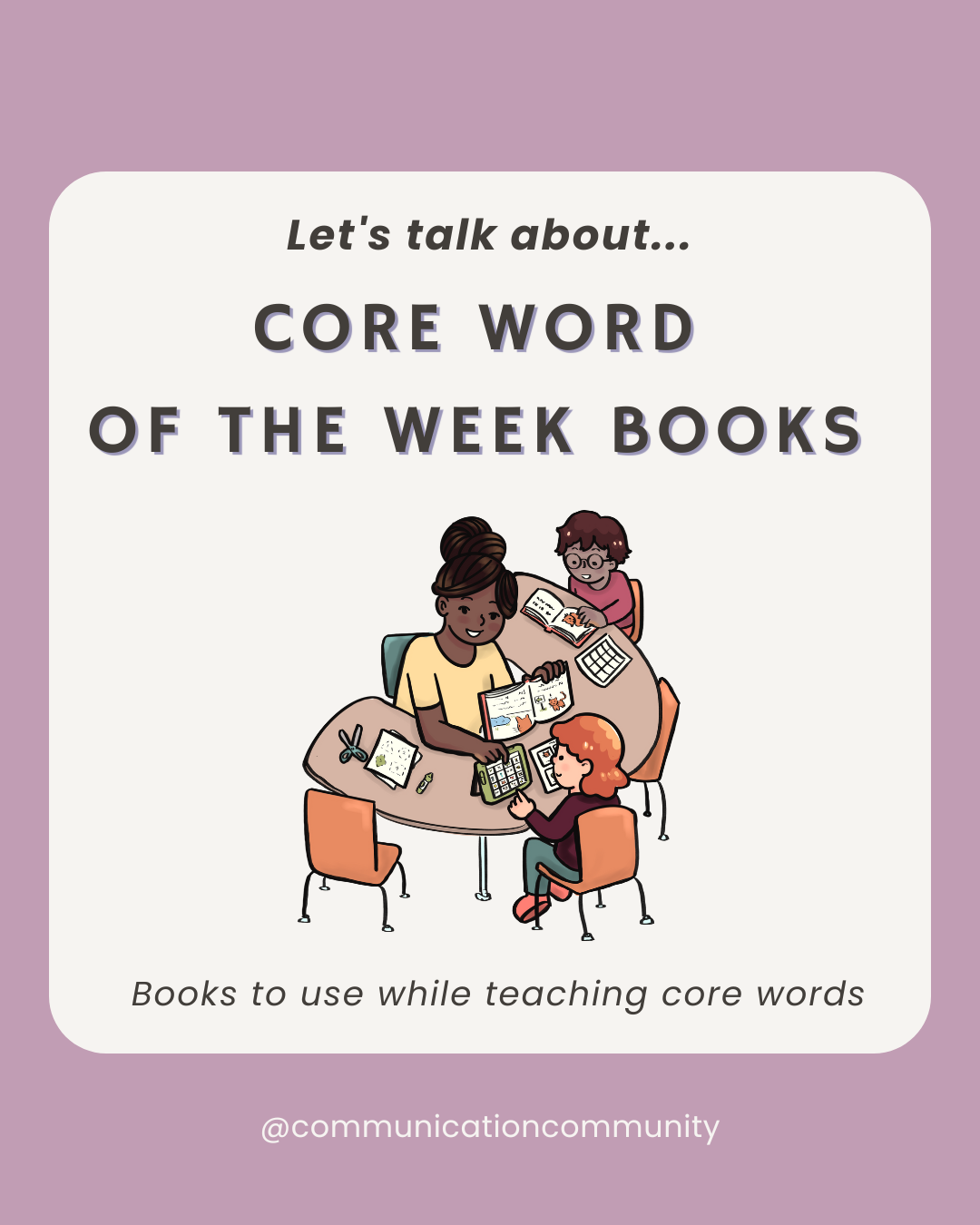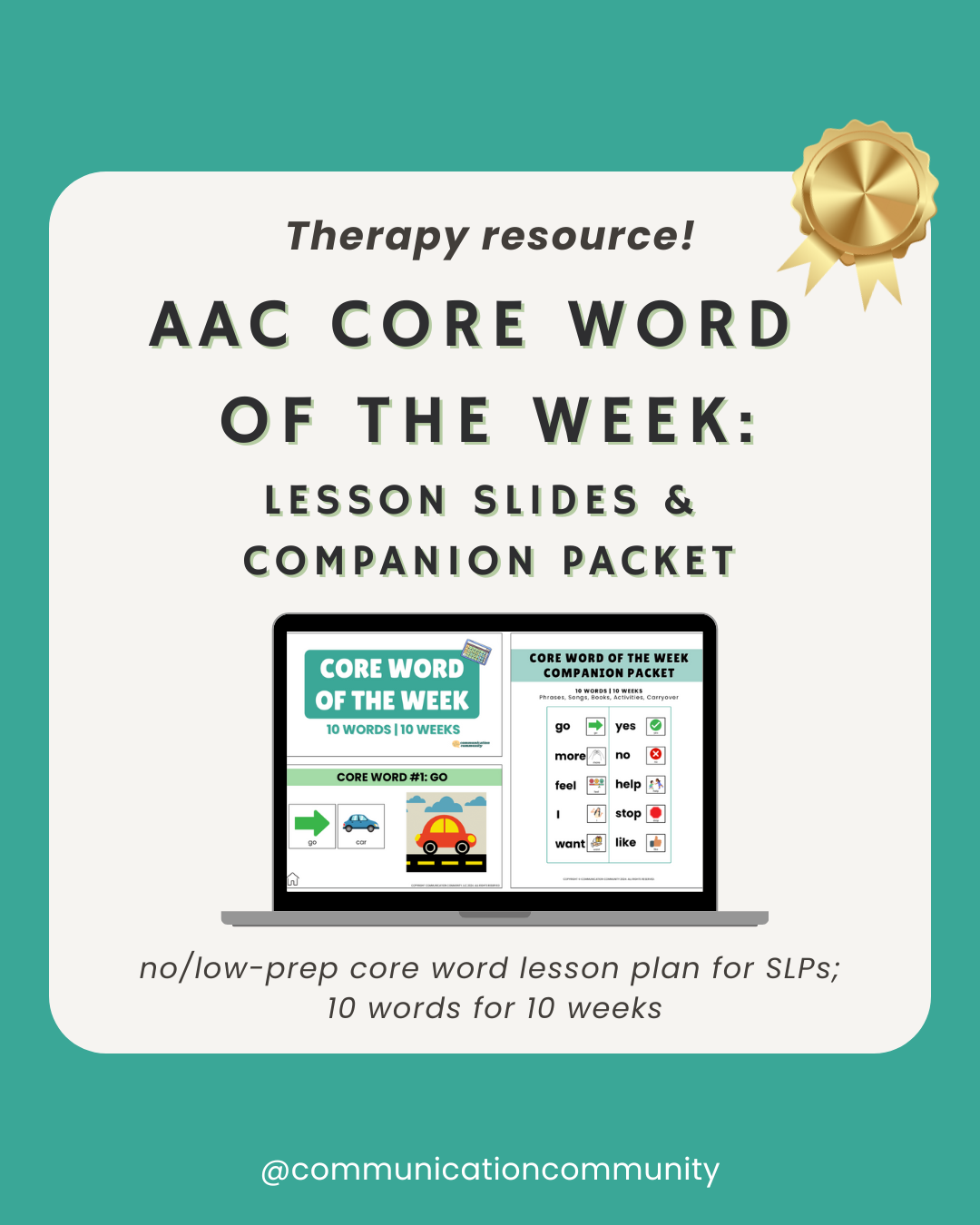Previous blog posts have provided an introduction to Augmentative and Alternative Communication (AAC) and talked about no tech AAC. Here, we explore low tech AAC a bit more. Low tech AAC devices are arguably the most popular type of AAC because there are so many different forms.
Low tech AAC is essentially any sort of communication method that is not "electronic" but does require some sort of equipment outside one’s body. It is a type of aided AAC system. It can be as simple as a pen and a piece of paper, or as involved as a communication book made up of many pages. Many individuals who use low tech AAC devices for communication also use other types of AAC.
Low tech AAC Examples
Pen and paper:
An individual can write or draw their messages. A portable whiteboard or Boogie Board (LCD tablet) is another option.
Alphabet board:
An individual can point to letters/numbers to spell their message for their communication partner (i.e. someone an individual communicates with on a regular basis, whether it be a parent, caregiver, nurse, etc.).
Core words board:
A few basic symbols an individual can point to in order to communicate their message. Core words boards are typically laminated pieces of paper.
Pictures/symbols:
A few symbols (similar to those on a core words board) on different cards or laminated squares that an individual can hand to their communication partner to communicate their message.
Communication book:
Multiple pages of symbols, often grouped by category (e.g., food, toys, places) with familiar vocabulary to the individual to whom it belongs to.

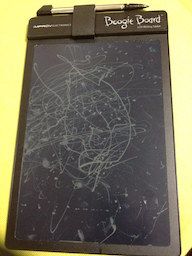
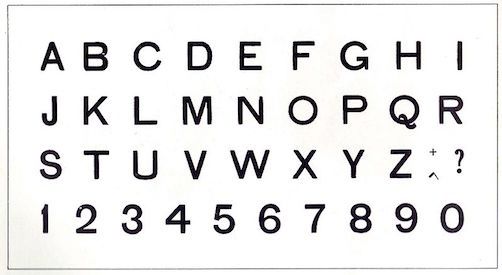
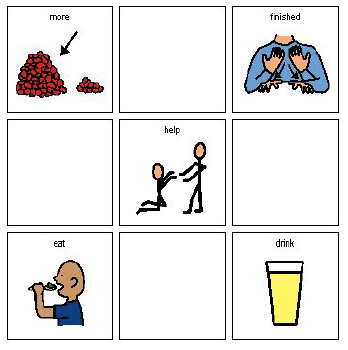
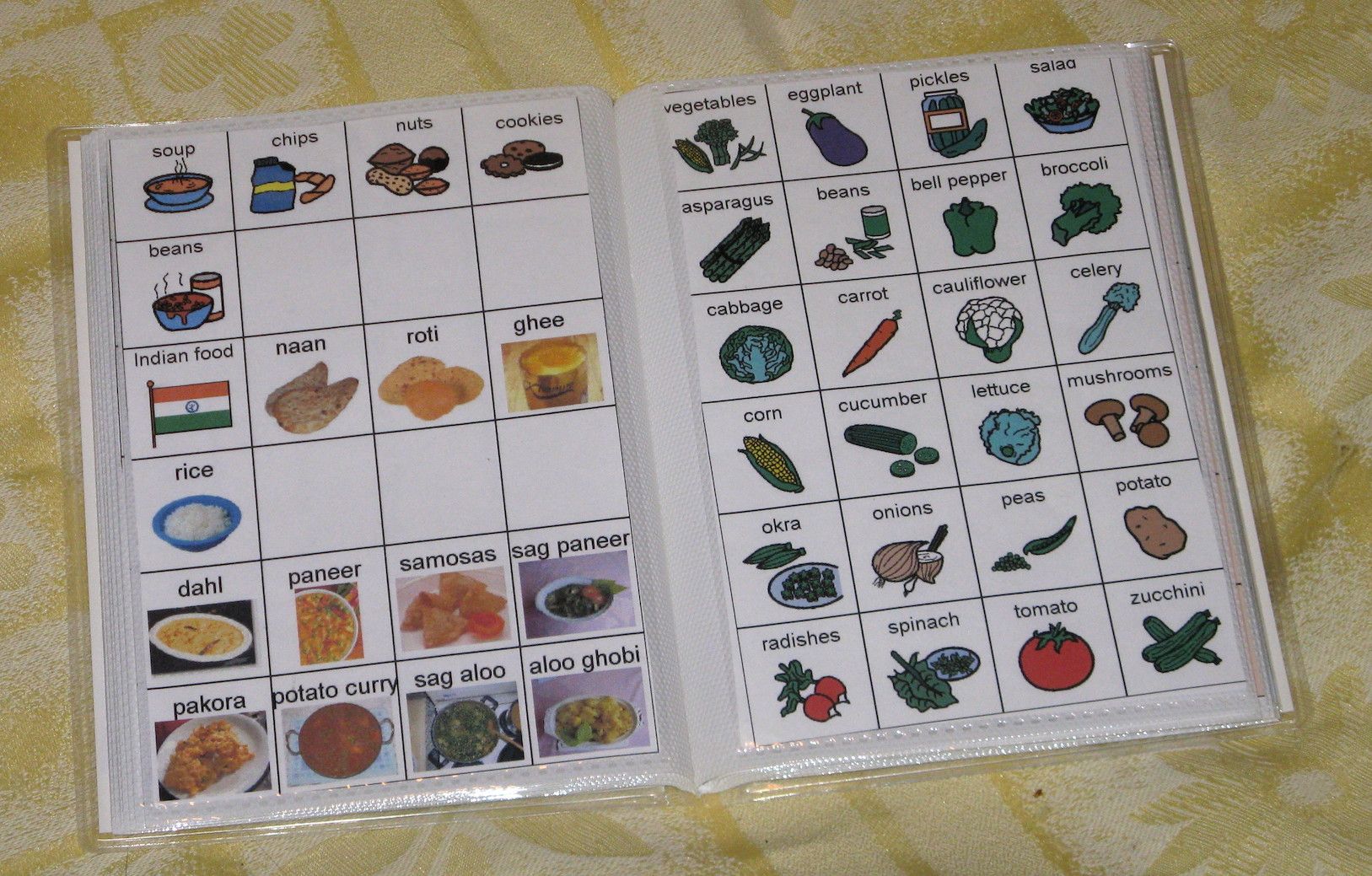
Who Uses Low Tech AAC Devices?
Anyone who is unable to communicate effectively (taking developmental milestones into consideration) would benefit from some form of low tech AAC. In the world of speech-language pathology, individuals with autism, down syndrome, intellectual disabilities, and/or developmental disabilities may benefit from "low tech" AAC. Individuals with brain injuries, aphasia, or progressive/degenerative conditions may also use a low tech AAC device. As you may have gathered, the scope is broad.
Low Tech AAC vs Other Forms of AAC
Sometimes, a no tech AAC system (head nods, gestures, etc) is not enough to communicate effectively. A low tech AAC system consisting of pictures, symbols, or a core words board provides more ways for an individual to communicate.
High tech AAC devices (think tablets, iPads) can be incredibly effective for individuals in most situations, but what if an individual is in a pool? It is probably not wise to have an electronic device that could sustain water damage next to the pool, but a laminated communication book could be used for this situation. Individuals with high tech AAC systems may benefit from having a low tech AAC system as well.
Some individuals may not be a proper candidate for a high tech AAC system, secondary to physical and/or cognitive impairments. They may not be able to communicate more than a few messages, so a few symbols (more, finished) or choices may be adequate for them. Some individuals also prefer to use low tech AAC over high tech AAC.
Low Tech AAC: Additional Considerations
It is important to remember that these types of AAC systems may be temporary. An individual may change, and their communicative needs may change as well. For example, their ability to communicate may improve, and they are able to use spoken language; or their ability to communicate may decrease. This may happen if they have a degenerative condition and it progresses. In this situation, a more robust AAC system may be necessary for effective communication.
Additional AAC Resources
- High Tech and Mid Tech AAC
- No Tech AAC (Unaided)
- How to Write AAC Goals
- AAC Group Games and Activities
- Core Word of the Week Activities
- Comprehensive AAC Goal Bank

Citations/further resources
https://www.asha.org/PRPSpecificTopic.aspx?folderid=8589942773§ion=Key_Issues


